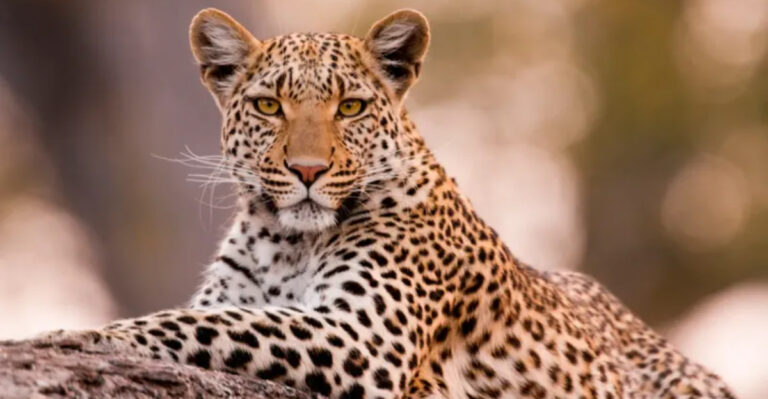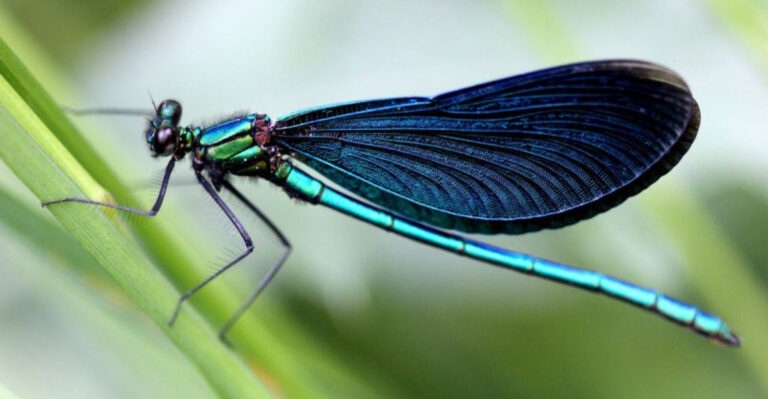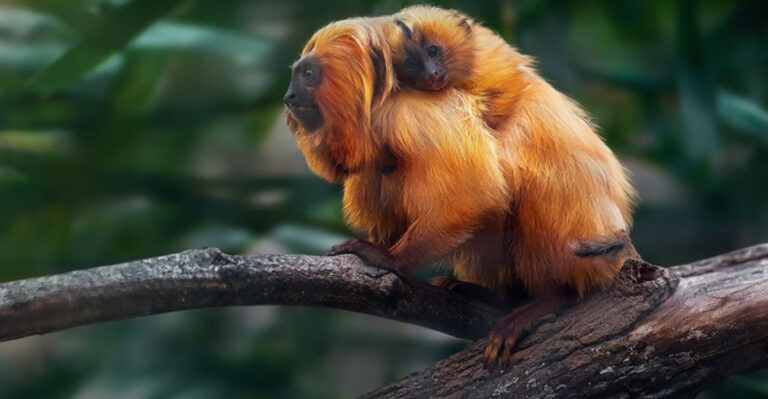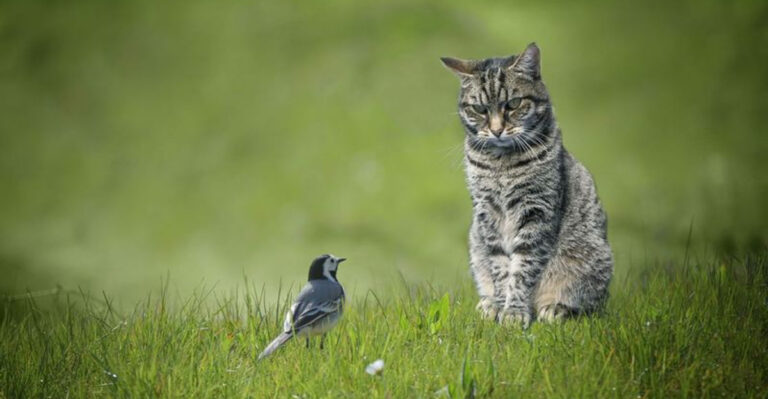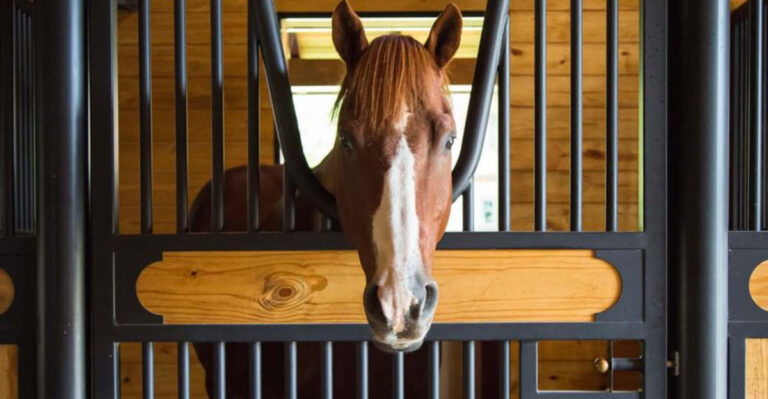New 76-Million-Year-Old Dinosaur Species Discovered In Utah
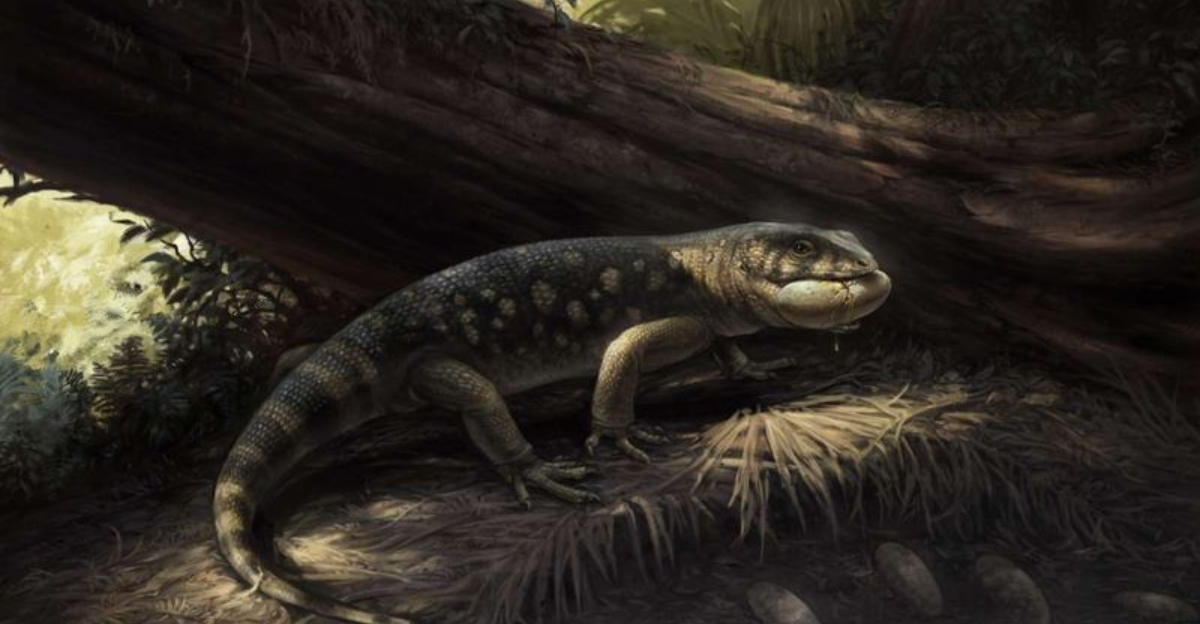
Imagine walking across the rugged terrain of Utah and stumbling upon bones that have been hidden for 76 million years!
Scientists recently identified a brand-new dinosaur species that roamed North America during the Late Cretaceous period. This exciting discovery, named Bolg Amondol, is reshaping what we know about prehistoric life and adding another fascinating creature to Earth’s ancient story.
Unearthing The 76-Million-Year-Old Dinosaur Species In Utah
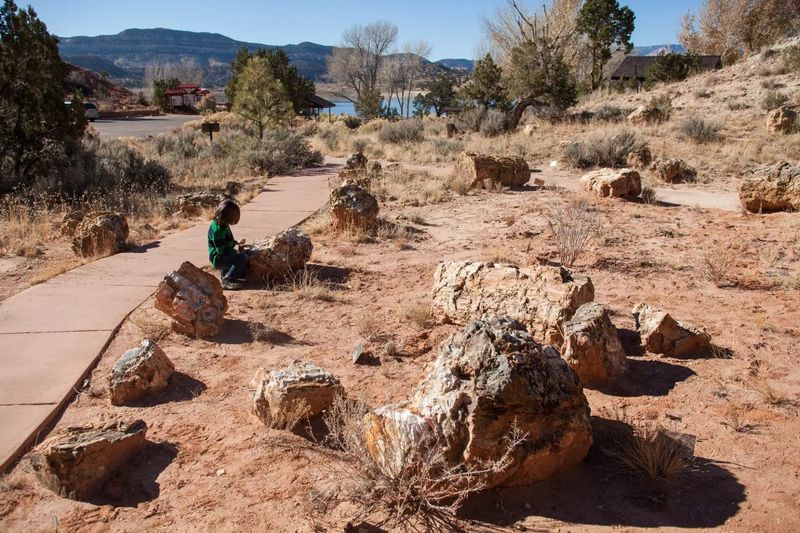
Hidden beneath Utah’s dusty landscape lay secrets from an ancient world. The fossils were actually discovered back in 2005, but scientists only recently realized they belonged to a completely new species!
After years of careful study and comparison with other dinosaur remains, researchers confirmed this was no ordinary find. The creature lived during a time when Utah was a lush, swampy environment very different from today’s desert.
Introducing Bolg Amondol: The New Dinosaur Species From The Late Cretaceous
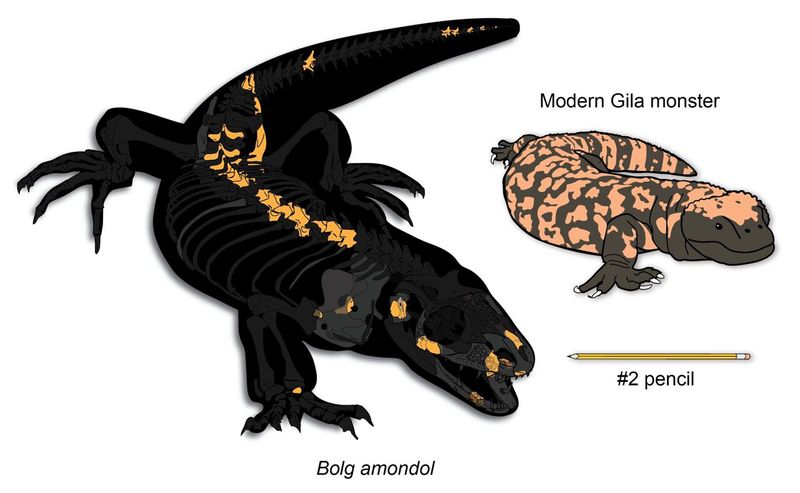
Meet the newest prehistoric celebrity! Bolg Amondol belongs to a family called ‘monstersaurs’ – a group of lizard-like reptiles with sharp teeth and powerful jaws.
Standing around the size of a large dog, this creature wasn’t the biggest dinosaur, but it certainly had features that made it unique. Scientists believe it was a carnivore that hunted smaller animals across what is now southern Utah.
How Fossils Found In 2005 Led To A Groundbreaking Discovery
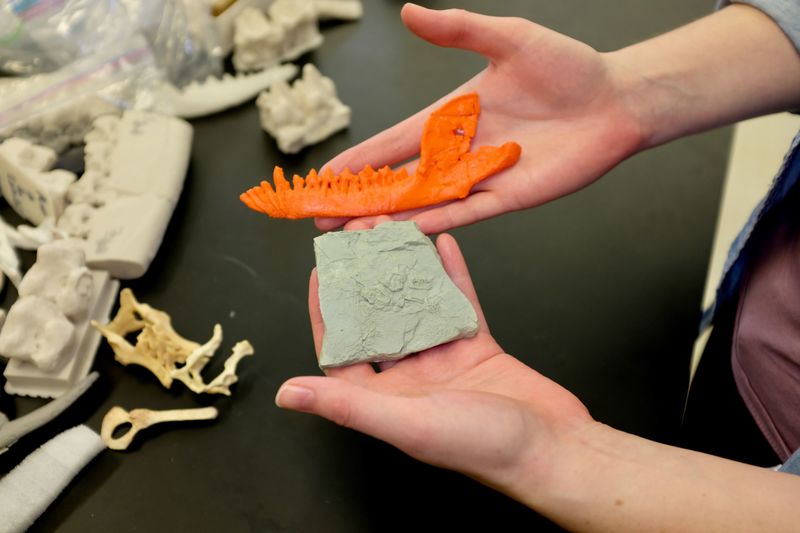
Luck plays a huge role in paleontology! The bones sat in storage for years before researchers took a closer look and realized what they had found.
Sometimes the most important discoveries don’t happen in the field but in museum collections. The team noticed subtle differences between these bones and other known species.
Using advanced technology like CT scans, they confirmed this was indeed something never before documented in the scientific record.
The Significance Of Bolg Amondol In Understanding Utah’s Ancient Ecosystems
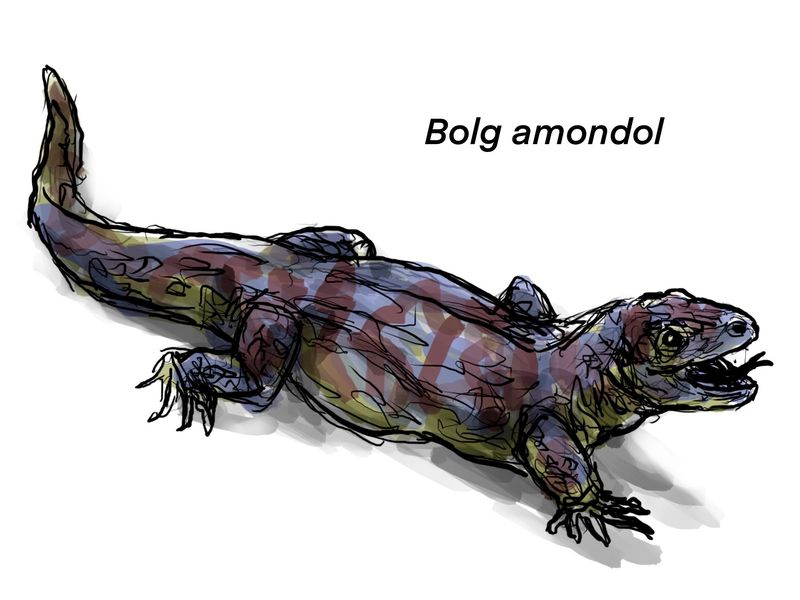
Every new dinosaur tells us more about Earth’s history! Bolg Amondol reveals that Utah’s ancient environment supported more diverse life than we previously thought.
This discovery helps scientists piece together the complex food web that existed 76 million years ago. The creature lived alongside other dinosaurs, early mammals, and prehistoric plants in a thriving ecosystem.
The Naming Of Bolg Amondol And Its Connection To Tolkien’s Fantasy World
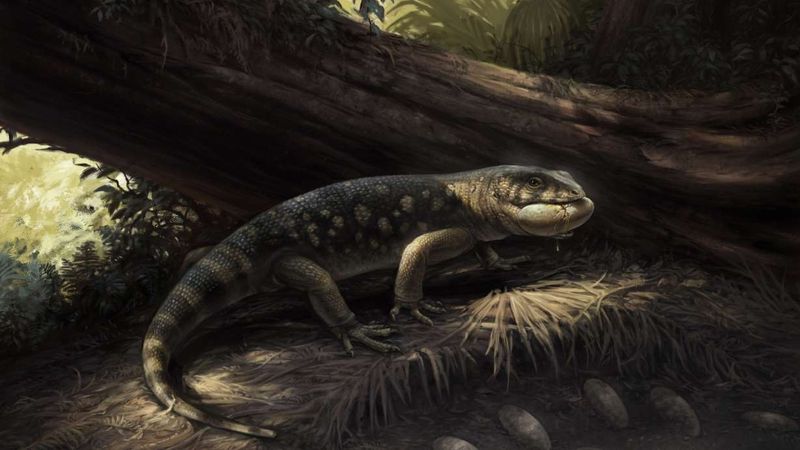
Scientists have a fun side too! The name Bolg Amondol was inspired by characters from J.R.R. Tolkien’s famous fantasy books.
‘Bolg’ comes from an orc in The Hobbit, while ‘Amondol’ references the Sindarin Elvish language Tolkien created. The scientists who discovered the dinosaur were fans of these stories and thought the name captured the creature’s fierce appearance.
The Importance Of Re-Examining Old Fossil Collections
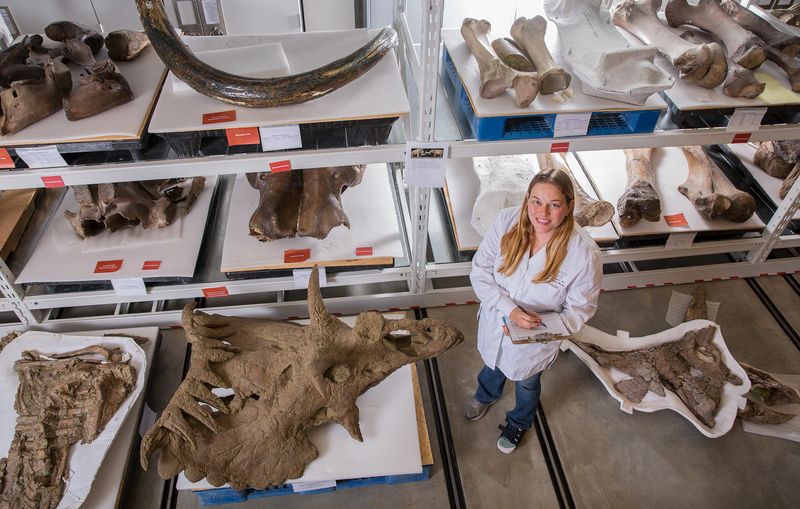
Museums worldwide hold countless treasures waiting to be discovered! The story of Bolg Amondol reminds us that important scientific finds might already be sitting on shelves.
As technology advances and knowledge grows, scientists regularly revisit collections. What looked like ordinary bones decades ago might actually be extraordinary with today’s understanding and equipment.
What Makes Bolg Amondol A ‘Monstersaur’ And What It Tells Us About Prehistoric Life
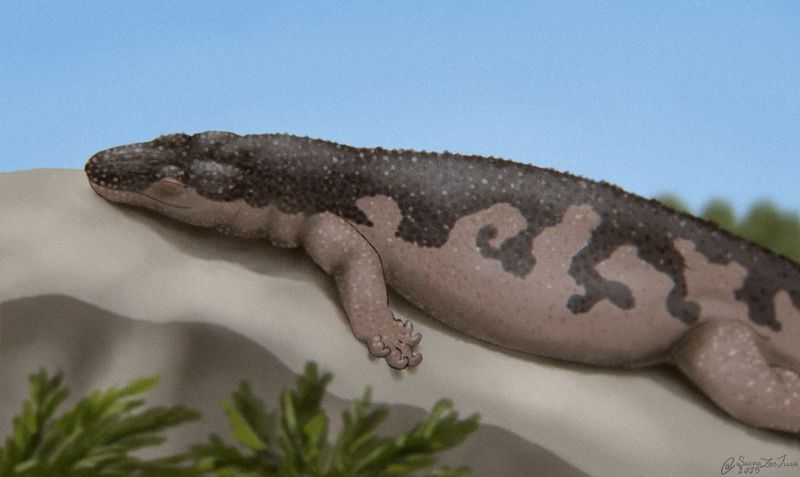
Weird teeth and chunky armor made monstersaurs stand out from the crowd! These features helped Bolg Amondol survive in a world filled with dangerous predators.
Monstersaurs weren’t true dinosaurs but a separate group of reptiles. They shared the landscape with famous dinos like T. rex and Triceratops while developing their own survival strategies.
Uncovering The Diversity Of Prehistoric Reptiles In The Late Cretaceous Period
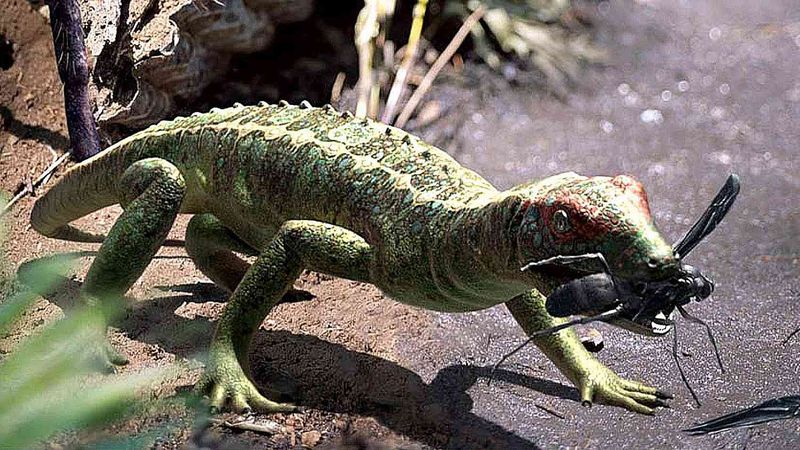
Dinosaurs weren’t the only scaly creatures ruling ancient Earth! The Late Cretaceous period buzzed with an amazing variety of reptiles, including early crocodiles, turtles, and lizards.
Bolg Amondol helps fill gaps in our understanding of this diverse time. Each new species discovery acts like a puzzle piece, creating a clearer picture of life before humans existed.
The Role Of The Grand Staircase-Escalante National Monument In Dinosaur Discoveries
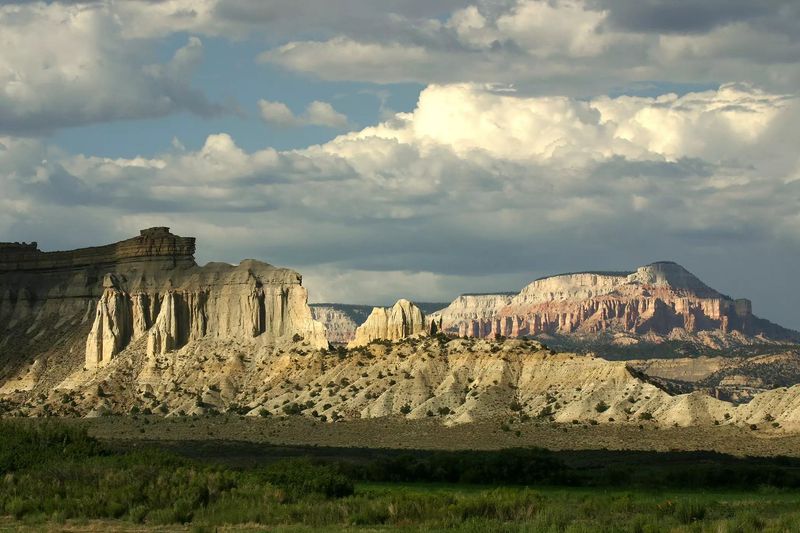
Some places are gold mines for dinosaur hunters! Grand Staircase-Escalante National Monument in Utah has perfect rock layers that preserve fossils from exactly the right time period.
The monument’s protected status allows scientists to work carefully without rushing. Many important discoveries happen here because the area’s geology exposed rocks from the perfect time period when dinosaurs thrived.

